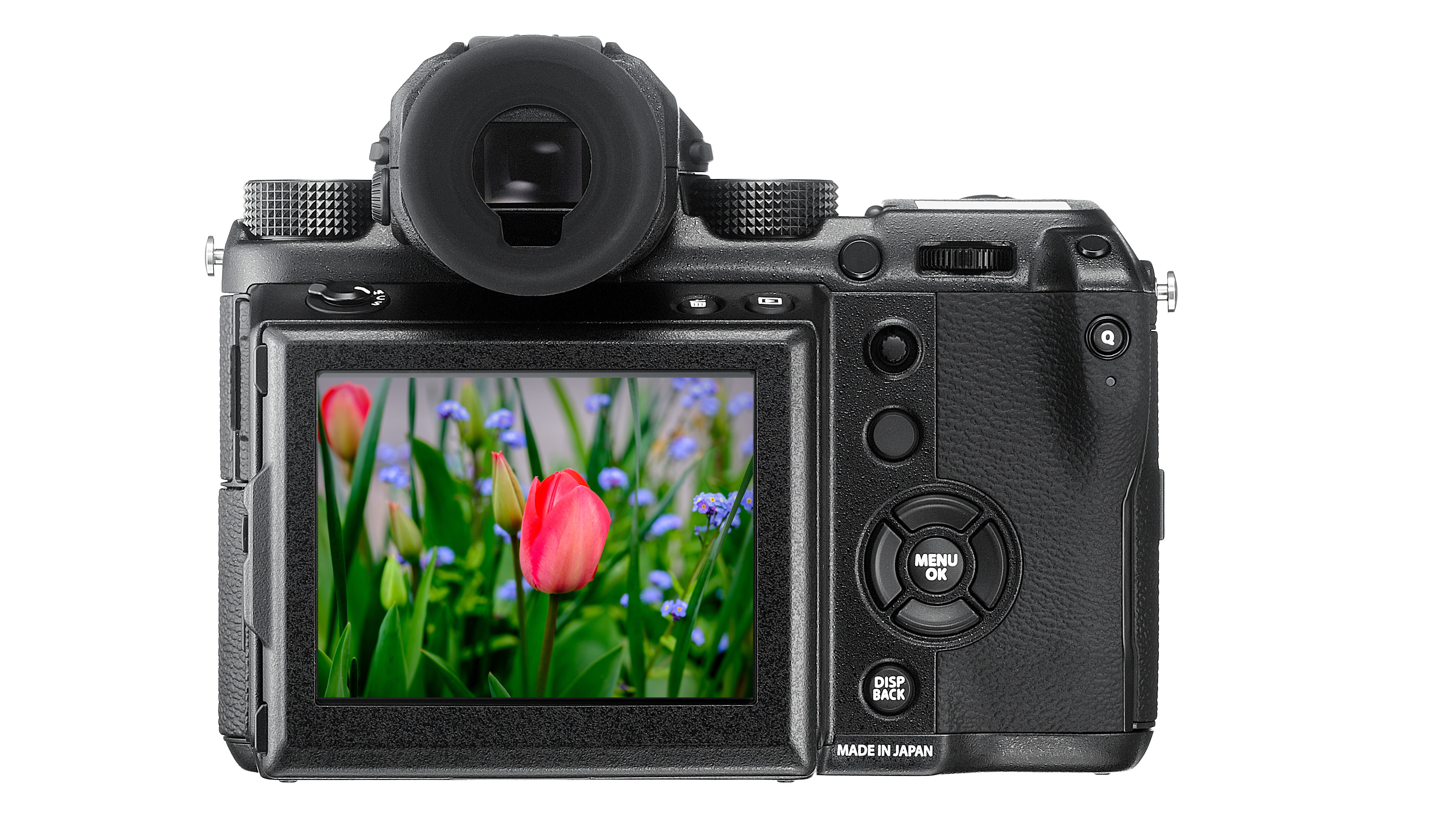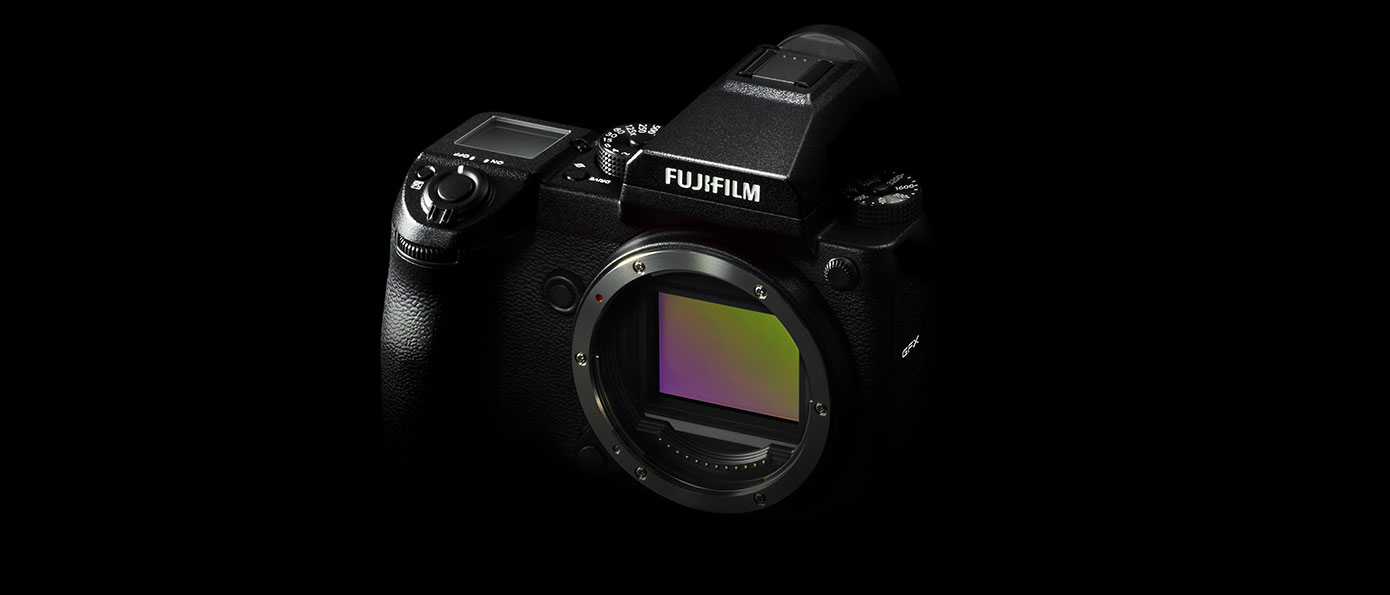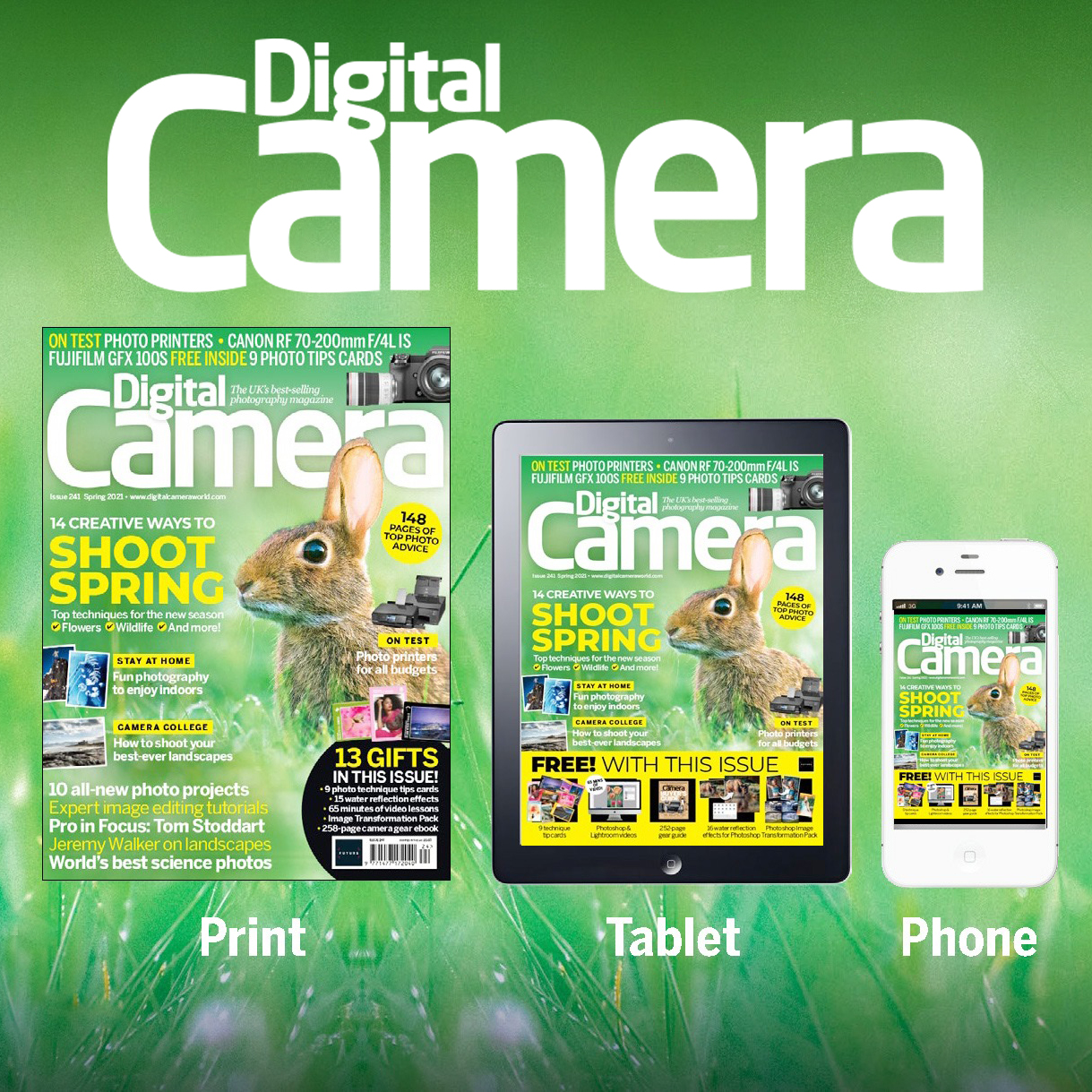Digital Camera World Verdict
It’s unrealistic to expect a large-sensor camera to match the autofocus and continuous shooting performance of a full-frame or APS-C camera – or the price. That said, the GFX 50S takes a massive step towards that, bringing with it the beautiful fluidity of big-sensor images and superb resolution.
Pros
- +
Breathtaking image quality
- +
DSLR-like controls and easy of use
- +
Premium-quality lenses
Cons
- -
Laboured AF compared to a DSLR
- -
A couple of small or cramped controls
- -
Price – obviously!
Why you can trust Digital Camera World
For a long time, medium format digital cameras have been big, heavy and incredibly expensive. Now we have not one but two lower-cost cameras that could at last bring medium format to the masses: the Hasselblad X1D and the long-awaited Fujifilm GFX 50S.
We found the Hasselblad X1D’s minimal design effective and attractive, and its results superb. Now it’s the turn of the GFX 50S. The ‘50S’ refers to the GFX’s 50MP sensor, which is the same size and resolution as the one in the X1D.
These are not actually medium format in the old film camera sense; digital medium format cameras break down into two main camps: full-frame 645-film equivalent models like the PhaseOne XF100, and smaller-sensor models like the GFX 50S, the X1D and the Pentax 645Z.

Key features
- Sensor: 51.4MP medium format Bayer sensor (43.8 x 32.9mm)
- Crop factor: 0.8x
- Memory: 2x SD/SDHC/SDXC UHS I/II
- Viewfinder: OLED, 3,690k dots
- Max video resolution: 1,920 x 1,080 (Full HD)
- ISO range: 100-12,800 (50-102,400 expanded)
- Autofocus points: Contrast-detect AF, 117 points
- Max burst rate: 3fps
- LCD screen: 3.2in tilting LCD, 2,360k dots
- Shutter speeds: 60-1/4,000 sec, Bulb, Time (electronic shutter, up to 1/16,000 sec)
- Weight: 825g (body only, with battery and memory card)
- Dimensions: 148 x 94 x 91mm
- Power supply: NP-T125 lithium-ion battery, 400 shots
If you’re waiting for an affordable full-frame 645 model with the same sensor as the 100MP PhaseOne XF100, you could be waiting a while yet. In the meantime, the GFX and X1D still offers a sensor area 68% larger than a full-frame camera like the Canon EOS 5DS.
Let’s start with that sensor. This is a regular Bayer RGBG sensor, rather than the X-Trans CMOS type that's used in most of the company's X-series models, and it measures roughly 44 x 33mm, compared to 36 x 24mm for 35mm full-frame cameras. Although the 50MP resolution sounds high, the pixels are packed in no more tightly than they are on the 36MP Nikon D810, so you can still expect low noise and good dynamic range.
Read more: Nikon D850 vs Nikon D810 - Features compared
Unlike the Hasselblad X1D, the GFX 50S uses a regular focal plane shutter. This makes the body a good deal thicker, though it’s little heavier or larger than a pro-level 35mm full-frame DSLR like the Nikon D810 or the Canon EOS 5DS.
The best camera deals, reviews, product advice, and unmissable photography news, direct to your inbox!
It’s based on a mirrorless design, which means the viewfinder is electronic rather than optical. You get a regular eye-level viewfinder with the camera, which slides into an accessory slot on the top of the camera, although you can also get a tilting viewfinder as an optional extra, an sign that the GFX may develop into a true system camera.
The EVF is complemented by a tilting LCD display on the rear and an always-on monochrome OLED screen on the top plate. The latter shows battery status and shots remaining when the camera is switched off, and shooting settings when the camera is on.

Fujifilm has so far launched seven lenses for the GFX G mount, following its recent announcement of the Fujinon GF250mm F4 R LM OIS WR telephoto with matching 1.4x teleconverter, and more are planned. Third-party makers are joining in too, as Chinese maker Venus Optics has announced its Laowa 17mm f/4 GFX Zero-D prime lens, claimed to be the widest native GFX lens yet.
We were supplied with the Fujinon GF 63mm f/2.8 R WR equivalent to roughly 50mm in 35mm full-frame terms. It’s the smallest lens on offer, but this is, of course, relative; it’s still a chunky bit of glass. Other lenses in the range, such as the Fujinon GF 32-64mm f/4 R LM WR zoom are much larger, an inevitable result of the sensor size.
The camera's autofocus system is primitive by full-frame and APS-C standards. It relies on contrast-detect AF (no on-sensor phase-detect AF). Similarly, although the GFX 50S’s shutter speed range is sound, its continuous shooting speed is capped at 3fps. Of course, this isn't designed to be an action camera; rather, it's designed for ultra-high-quality photography in a package far more portable, robust and easy to use than anything the medium format market has seen before (though the Pentax 645Z arguably started this trend).
The sister print publication to this website, Digital Camera Magazine is Britain's best-selling photography publication – and it can also be purchased outside the United Kingdom as Digital Camera World.
Digital Camera Magazine is packed with more expert advice and more inspirational images than any other title, with the sole aim of helping you become a better photographer. Every issue we also bring you a selection of great gifts which are designed to help you get more from your photography – everything from tips cards and cheat sheets to free software and bookazines.
In addition to inspirational images, interviews, projects, mini tests and tutorials, each issue is packed with news, reviews and comparisons, as well as photographer vs photographer shootouts and head-to-head challenges using the best photo editing software.
The magazine is captained by Editor Niall Hampton.


